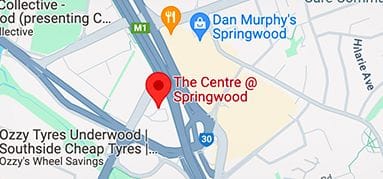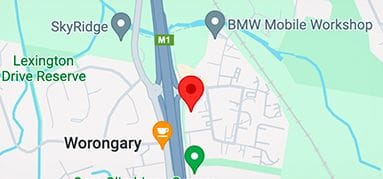Case Study: Angular Limb Deformity Correction
We are excited to introduce Gus, our very first patient using the patient specific guide (PSG), which was designed and 3D-printed at VSS Underwood by our Surgical Registrar, Dr Lincoln Chau for angular limb deformity correction.
Dr Chau utilised computer-aided design (CAD) technology to plan Gus’ limb deformity correction and to design an osteotomy and reduction guide that is specifically tailored to Gus’ leg. CAD is a technology that is widely used in human orthropaedic, maxillofacial and spinal surgery, and has recently become more popular in the veterinary field.
A CT scan was initially performed on Gus. The images were then imported into the CAD program, in which a virtual surgical correction was performed. Patient-specific cutting and reduction guides were then created and printed with a 3D-printer using an autoclavable and biocompatible resin.
Gus initially presented to VSS for bilateral antebrachial angular limb deformity. The first correction was performed around five months ago, and his owner recently brought Gus back for contralateral limb correction. The majority of this kind of antebrachial deformity contain a complex malalignment in the frontal, sagittal and axial plane. As a result, it is often challenging to quantify the deformity of each individual plane based on 2D images - and even harder to transfer these detailed 3D plans in surgery. With the use of the patient-specific guides, this virtual surgical plan can be executed in a much more accurate and precise manner.
| Tags:VSS Resource Area |
&geometry(278x56))




